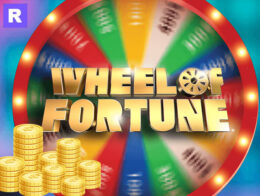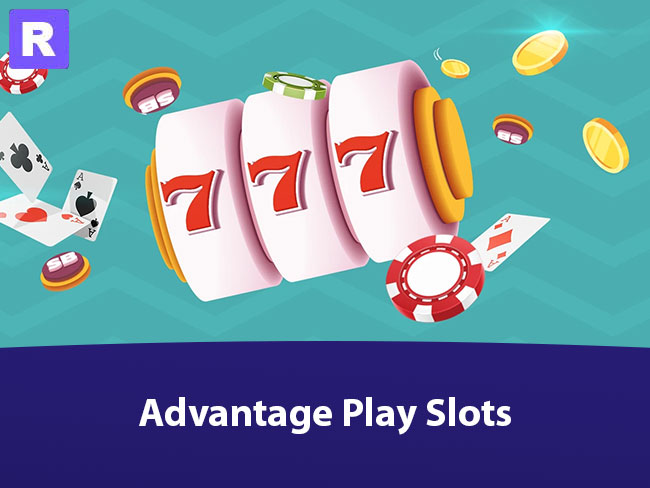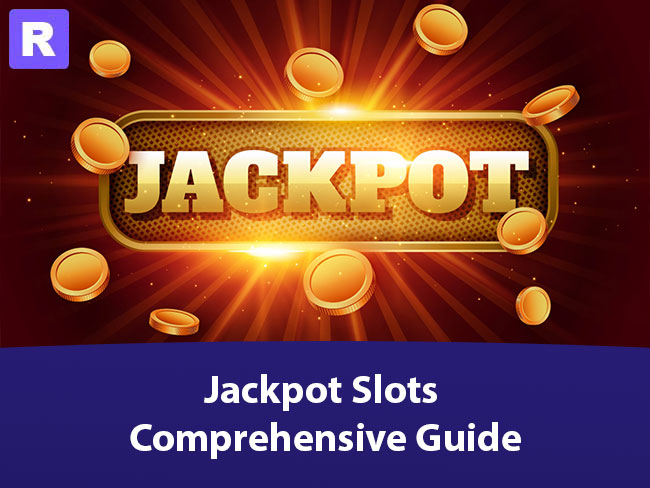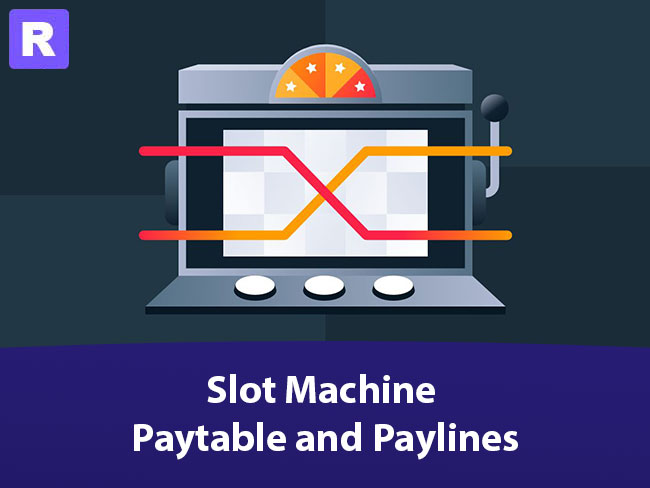Penny Slots Mistakes
One of the biggest mistakes that penny slots players make is to gamble without a budget. They assume that since they’re playing for such low stakes, they don’t have to worry about how much they’re spending. But even if you’re playing for a penny a spin, the losses can add up quickly.
Here’s the way a casino looks at a slot machine—it’s a gambling device that takes up a certain amount of space on the casino floor. There’s a limited amount of space in a casino, and the manager’s job is to maximize how much money they make per square foot. If you’re the manager in that situation, and you have a game that costs a penny to play per spin taking up the same amount of space as a game that costs a dollar to play per spin, how do you make up for the big difference in stakes?
The answer is that you lower the payout percentage on the lower stakes machine. In Las Vegas, the law requires that all slot machines have at least a 75% payout percentage, but higher stakes machines often have a payout percentage of 93% or more. What does that mean in actual dollars and cents though?
An average slot machine player makes 600 spins per hour. If that player is betting a penny per spin, then she’s wagering $6.00 per hour. If that player is betting a dollar a spin, she’s wagering $600.00 per hour.
The payback percentage is the theoretical amount that the player will get back over that hour. So if you’re playing a penny game with a 75% payout rate, you’ll get $4.50 back, which means you’ll see a net loss of $1.50 per hour. If you’re playing a dollar game with a 93% payout rate, you’ll get $558 back, or lose $42.
Of course, these are theoretical amounts that apply to an infinite number of spins. In the short term, anything can happen, but the casino has a mathematical edge that’s hard to beat. They could set the payout percentage for the dollar machine at 99%, and it would still be more profitable to the casino than the penny machine.
But the average slot machine player doesn’t go in and wager a single penny per spin. The average player is going to place the max bet, which might be 5 cents per line, and it might (probably) be a multi pay line machine, with 9 pay lines. Now that gambler is putting 45 cents into action on every spin, which amounts to a total amount wagered per hour of $270. With a 75% payout rate, that player can expect to lose $67.50 per hour.
So the penny slots player is losing more on average per hour than the dollar slots player, even though she’s playing for lower stakes.
Smart penny slots players pay attention to this sort of thing and don’t fall for the psychological tricks involved in penny games.
The best strategy is to figure out how long you want to play and how much you can afford to lose, and then set your stakes according to that budget. Use a reasonable assumption about the payout percentage for the games. You know that at worst the payout percentage is going to be 75%, but at a reputable, busy casino, the payout percentage should be at least 85% or more.
How to Win More When Playing Penny Slots
You’ll find a wide variety of advice about how to maximize your winnings and how to minimize your losses when playing penny slots. Some of this information is good, but a lot of it is just hokum.
For example, I read a page on the subject on the Internet that said you should increase the size of your wagers when you’re winning and reduce the size of your wagers when you’re losing. This is nonsensical advice because it just doesn’t matter. Every spin of the reels on a penny slot machine game is an independent event. The fact that you’ve been winning (or that you’ve been losing) has no effect on the outcome of your next spin. So increasing or decreasing the size of your bet has no effect, either.
I also saw a page that advises the reader not to waste her money on a cold machine. If you’ve read the page on this site about slot machine myths, you’ll understand already that there’s no such thing as a hot or cold slot machine except in retrospect. It’s human nature to look for patterns in events and assume that those mean something, but in the case of penny slots, those patterns only exist in the past, and they were the result of pure chance. Each spin of the reels is 100% independent of the other spins before it or after it.
On the other hand, I’ve also seen advice about playing penny slots that made sense. Deciding in advance how much money you’re willing to lose during a gambling session is just a good, practical decision. It takes into account the fact that you’re playing a negative expectation game, and it also helps you treat your slot machine budget the way you should—as an entertainment expense.
Penny slots can be fun, but they can also cost more money than you’d expect. Educate yourself about the mathematical realities behind these games before wagering money on them.



























